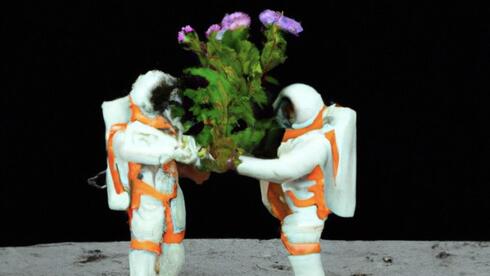Plants That ‘Come Back From the Dead’ Could Be Key To Growing Crops on the Moon

A team of researchers from Israel and abroad set out to discover which plants could survive in space ahead of the 2025 Beresheet2 mission; 'the future of humanity will depend upon being able to reach the stars,' says the research professor.
Some unique plants like which can "come back from the dead" and can also survive extreme weather conditions....this might be the key to growing crops in space. These are known as resurrection plants, these are rare and they can survive without even water for months or even years on end, it depends on the species, and this might prove to be ideal candidates for space travel.
This is precisely what a team of researchers led by the Israel’s Ben-Gurion University of the Negev is setting out to discover.

- though loosely defined, resurrection plants are an incredibly rare phenomenon.
- The specific type of plant she is looking into sending on the Beresheet2 mission is Myrothamnus flabellifolius (common name: resurrection bush), which only grows in southern Africa.
- “It’s the only woody resurrection plant on this planet and it’s ancient,” Farrant told The Media Line. “The reality is that they can lose 95% of their water and stay in their dry state for years. After a rain, 12 hours later they’re green and growing again.”
- “When they’re gearing down, they stop taking carbon and making food because that’s a very dangerous process,” Farrant said They have ways of shutting down photosynthesis and they reshuffle their energy.
“My theory is as a proof of concept: If we can get something there that can grow sporadically when there’s enough water it will survive until we know how to make enough water on that planet,” she added.
Another purpose of the project is to encourage the wider public to participate. To this end, parallel science experiments will be carried out by amateurs (for example, high school students) and professionals to compare growth to that in lunar conditions.
“The Earth is finite, our resources on Earth are finite and so the future of humanity will depend upon being able to reach the stars,” Barak said.
Story Source:
Materials provided by Science Direct. The original text of this story is licensed under a Creative Commons License. Note: Content may be edited for style and length.
Journal Reference:
The Media Line
0 Comments